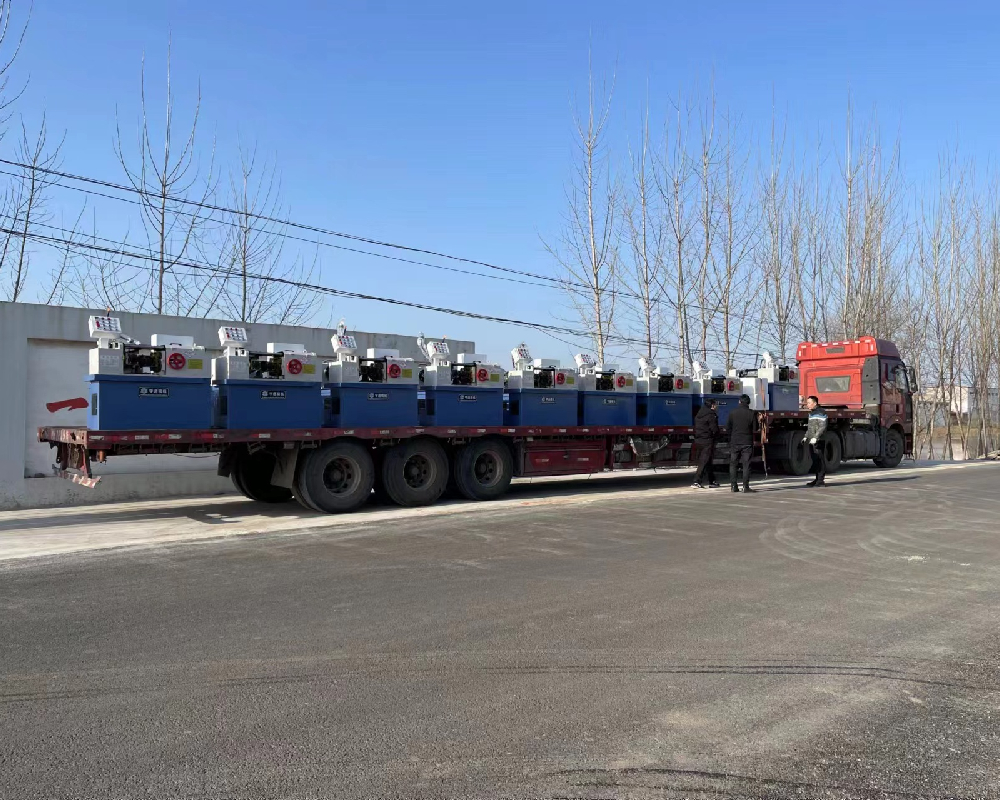
-
 Afrikaans
Afrikaans -
 Albanian
Albanian -
 Amharic
Amharic -
 Arabic
Arabic -
 Armenian
Armenian -
 Azerbaijani
Azerbaijani -
 Basque
Basque -
 Belarusian
Belarusian -
 Bengali
Bengali -
 Bosnian
Bosnian -
 Bulgarian
Bulgarian -
 Catalan
Catalan -
 Cebuano
Cebuano -
 Corsican
Corsican -
 Croatian
Croatian -
 Czech
Czech -
 Danish
Danish -
 Dutch
Dutch -
 English
English -
 Esperanto
Esperanto -
 Estonian
Estonian -
 Finnish
Finnish -
 French
French -
 Frisian
Frisian -
 Galician
Galician -
 Georgian
Georgian -
 German
German -
 Greek
Greek -
 Gujarati
Gujarati -
 Haitian Creole
Haitian Creole -
 hausa
hausa -
 hawaiian
hawaiian -
 Hebrew
Hebrew -
 Hindi
Hindi -
 Miao
Miao -
 Hungarian
Hungarian -
 Icelandic
Icelandic -
 igbo
igbo -
 Indonesian
Indonesian -
 irish
irish -
 Italian
Italian -
 Japanese
Japanese -
 Javanese
Javanese -
 Kannada
Kannada -
 kazakh
kazakh -
 Khmer
Khmer -
 Rwandese
Rwandese -
 Korean
Korean -
 Kurdish
Kurdish -
 Kyrgyz
Kyrgyz -
 Lao
Lao -
 Latin
Latin -
 Latvian
Latvian -
 Lithuanian
Lithuanian -
 Luxembourgish
Luxembourgish -
 Macedonian
Macedonian -
 Malgashi
Malgashi -
 Malay
Malay -
 Malayalam
Malayalam -
 Maltese
Maltese -
 Maori
Maori -
 Marathi
Marathi -
 Mongolian
Mongolian -
 Myanmar
Myanmar -
 Nepali
Nepali -
 Norwegian
Norwegian -
 Norwegian
Norwegian -
 Occitan
Occitan -
 Pashto
Pashto -
 Persian
Persian -
 Polish
Polish -
 Portuguese
Portuguese -
 Punjabi
Punjabi -
 Romanian
Romanian -
 Russian
Russian -
 Samoan
Samoan -
 Scottish Gaelic
Scottish Gaelic -
 Serbian
Serbian -
 Sesotho
Sesotho -
 Shona
Shona -
 Sindhi
Sindhi -
 Sinhala
Sinhala -
 Slovak
Slovak -
 Slovenian
Slovenian -
 Somali
Somali -
 Spanish
Spanish -
 Sundanese
Sundanese -
 Swahili
Swahili -
 Swedish
Swedish -
 Tagalog
Tagalog -
 Tajik
Tajik -
 Tamil
Tamil -
 Tatar
Tatar -
 Telugu
Telugu -
 Thai
Thai -
 Turkish
Turkish -
 Turkmen
Turkmen -
 Ukrainian
Ukrainian -
 Urdu
Urdu -
 Uighur
Uighur -
 Uzbek
Uzbek -
 Vietnamese
Vietnamese -
 Welsh
Welsh -
 Bantu
Bantu -
 Yiddish
Yiddish -
 Yoruba
Yoruba -
 Zulu
Zulu
Understanding the Functionality of China’s Thread Rolling Machines in Manufacturing Processes
Understanding the Working Mechanism of China’s Thread Rolling Machines
Thread rolling is a crucial process in the production of fasteners and components across various industries. In recent years, China has emerged as a key player in this domain, with its thread rolling machines being recognized for their efficiency, precision, and cost-effectiveness. This article provides an overview of the working mechanism of thread rolling machines manufactured in China, highlighting their significance in modern manufacturing.
What is Thread Rolling?
Thread rolling is a cold forming process where a flat rod or material is converted into a threaded component by the application of pressure through rolling dies. This technique offers several advantages over traditional cutting methods, including improved strength and finer surface finishes. The process is widely used in making screws, bolts, and other fasteners that require precise threads.
Components of Thread Rolling Machines
A typical thread rolling machine consists of several key components that work in harmony to achieve the desired results
1. Feeding System The machine has a feeding mechanism that supplies the raw material, usually a metal rod, into the rolling area. This system ensures a consistent and controlled flow of material during the production process.
2. Rolling Dies The most critical part of the machine, rolling dies, are designed to create specific thread patterns. These dies come in matched pairs and are usually made from high-quality tool steel to withstand the immense pressure during the rolling process.
china thread rolling machine working

3. Adjustment Mechanism To accommodate different sizes and profiles of threads, the machines have an adjustment mechanism that allows operators to change the position of the rolling dies according to the specifications of the product being manufactured.
4. Drive System Typically powered by electric motors, the drive system provides the necessary rotational motion for the rolling dies. The speed and torque can be adjusted to suit various materials and thread sizes.
5. Control System Modern thread rolling machines are equipped with advanced control systems that facilitate automation and precise monitoring of the rolling process, ensuring high levels of productivity and consistency.
The Thread Rolling Process
The process begins with the operator loading a blank rod into the feeding system. Once the machine is activated, the rod is aligned between the rolling dies. As the dies rotate, they exert pressure on the rod, causing it to deform and take on the shape of the dies. The process is efficient; unlike cutting, which removes material, thread rolling displaces material to create the desired threads, resulting in minimal waste.
After the rolling process is complete, the finished product often undergoes additional processes such as heat treatment or coating to enhance durability and resistance to corrosion. The precision achieved through thread rolling ensures that parts fit seamlessly into assemblies, reducing the risk of mechanical failure.
Conclusion
China’s thread rolling machines represent the forefront of manufacturing technology, combining traditional craftsmanship with modern engineering. Their ability to produce high-quality threaded components efficiently and economically makes them indispensable in various sectors, from automotive to aerospace. As industry demands continue to evolve, these machines will play a pivotal role in meeting the challenges of modern manufacturing, ensuring that the supply chains remain robust and responsive. In summary, understanding the workings and benefits of thread rolling machines is essential for manufacturers aiming to enhance productivity and product quality.
